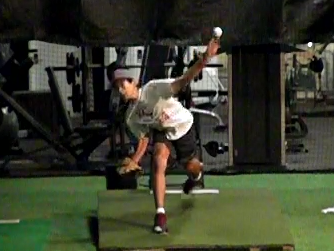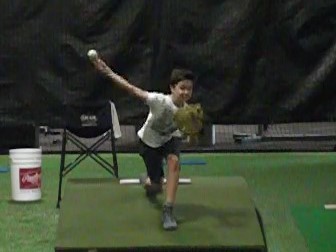On a recent Twitter post, we polled people on the following: Pitching Release
Which is the better pitching instruction for pitching release points:
1. Increase Release Point Height
2. Increase Release Point Distance
3. Do neither, leave it alone.
It’s great to see the majority of coaches/players voting for increasing release point distance (distance from rubber to release) as the best teaching! But the people who voted for “Nothing, leave it alone” may be right as well. We will explain.
If you voted “Raise Higher”, you may be using the wrong teaching method for youth pitchers.
Ever hear this before… Get your arm up! Throw over the top! Well, that could turn out to be the worst teaching of all time for young pitchers. Right now, many are screaming, “How dare you, blasphemy”! Don’t misunderstand, the people who use that teach are trying to obtain a common goal… keep the ball down! The problem is what actually happens when we teach that way.
It’s a common misconception that creating a greater “downward angle”, with a higher release will inhibit hitting. Unfortunately, most pitchers will sacrifice release distance to create that angle and lose their greatest advantage… “late movement”. A downward angle is still a straight plane, whereas a late movement is a changing plane. Why is that relevant? Studies show that even at a professional level, hitters lose sight of the ball 6-8 ft from the plate. The brain has already estimated where to swing, so a late-moving pitch always has a higher success rate for a pitcher.
Besides losing pitch performance, when we instruct a pitcher to “Throw over the top,” they always tilt their bodies in an unhealthy manner.
92% of Cy Young winners, over the last 30 years, release the ball with their eyes level, not attempting to raise their arm slots by tilting to the glove side.
See images of Cy Young winners. You are not in your natural and most healthy arm slot till your eyes are level at release!
Examples of Pitching Release Point

Eyes not level during pitching release:
This pitcher had been instructed to raise his arm slot. Can he throw strikes like this? Yes, but at a much higher cost in stress and a lack of multiple pitch type performance.

Eyes Level: This pitcher began playing baseball at age 11 (moved from overseas to the US). He received no previous pitching instruction. The video was shot before any instruction was given; only proper warm-up and flexibility were conducted beforehand.
The human body will usually perform efficient throwing motions unless taught and patterned incorrectly.

How about a non-baseball throwing example on natural body movement? A young protester throwing rocks… eyes level, firm front side, back toe behind him. I feel sorry for whom he was aiming at… I guarantee you, he hit them!
